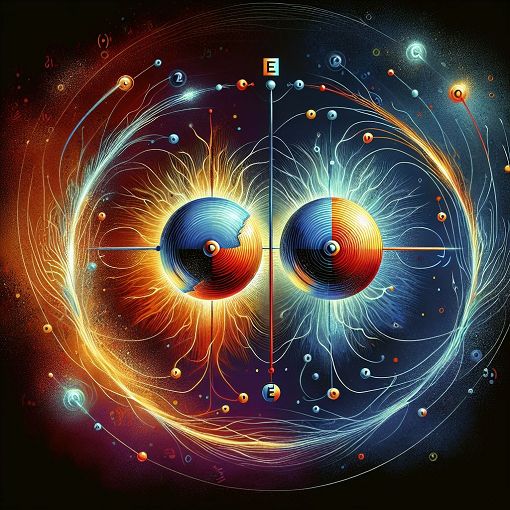Electric charges and fields-test
{"name":"Electric charges and fields-test", "url":"https://www.quiz-maker.com/QPREVIEW","txt":"Test your understanding of electric charges and fields with our comprehensive quiz! This quiz covers a range of topics related to electric fields, dipoles, and the forces between charged particles.Prepare to challenge yourself with questions that include:Conceptual understanding of electric fieldsInteractions between charged objectsCalculations involving dipole moments","img":"https://cdn.poll-maker.com/104-5107634/img-wgfhmkp8dxzsxzproceuxaxz.jpg"}
More Quizzes
ELECTRIC CHARGES & FIELDS
158121
Physics Reviewer
15812
TD History Quiz by Marcus Balatbat 11-Owen
10514
GAWAIN 1. Kilalanin Suriin kung anong uri ng paglalarawan ang ginamit sa bawat pahayag. Isulat ang K kung karaniwan at M kung masining.
105193
Walking Dead Trivia - Free Online for Fans
201016909
Diagnostic - Free Assessment with Instant Results
201017155
Should I Get an Abortion - Free Self‑Assessment
201016560
Which True Beauty Character Are You? Free
201017542
What For Honor Character Am I?
201018396
Do I Have Social Anxiety or Am I Just Shy? Free
201017092
CRCST Cleaning & Decontamination - Free Practice
201019032
Cardiac Output Practice Problems - Free Online
201017884





